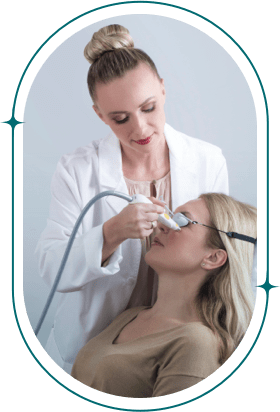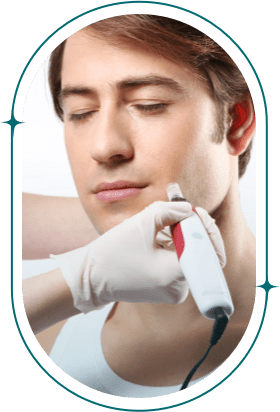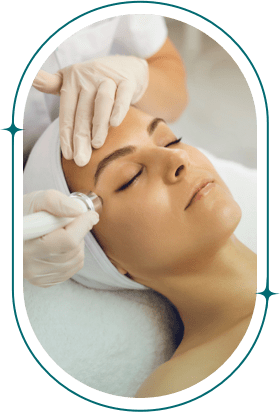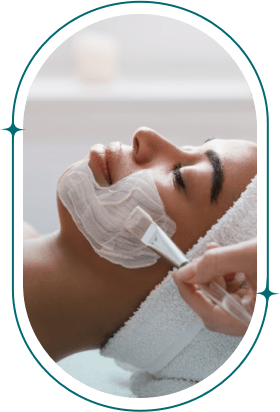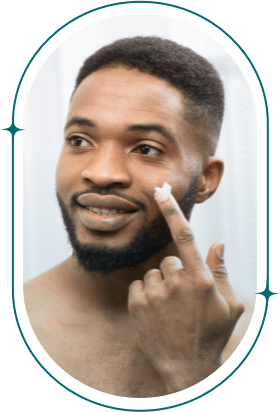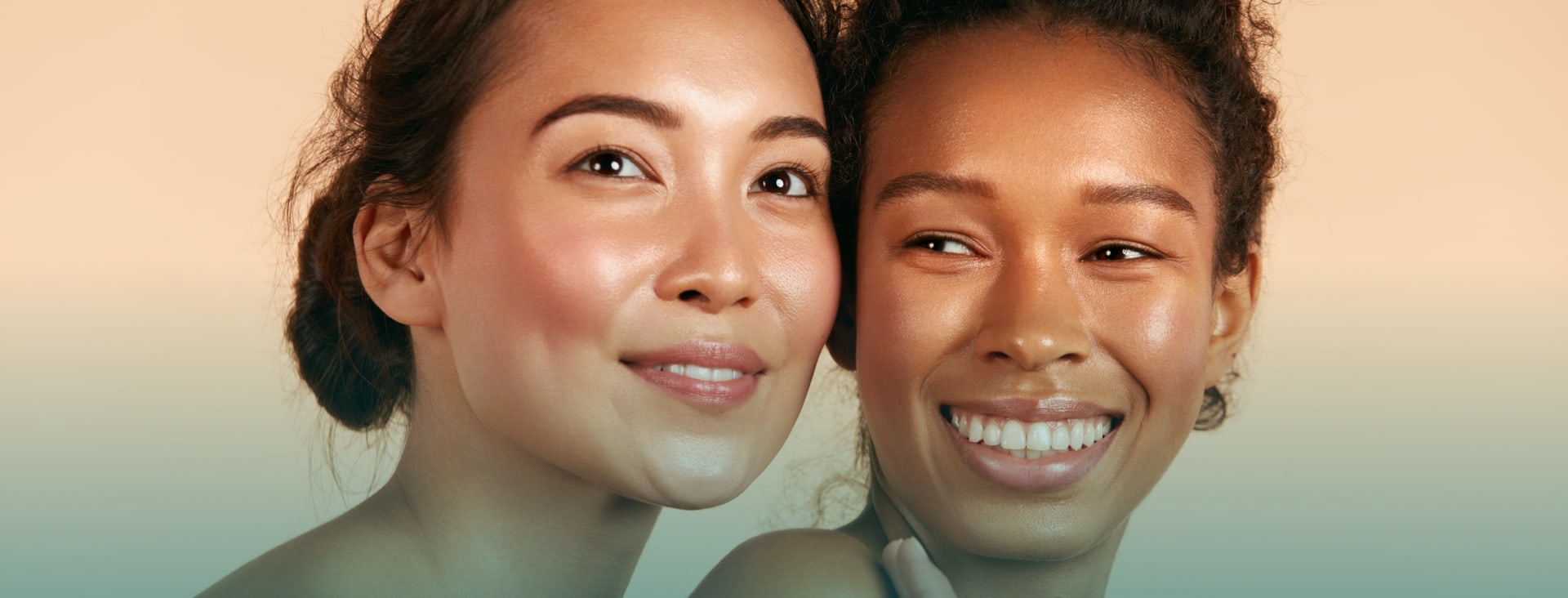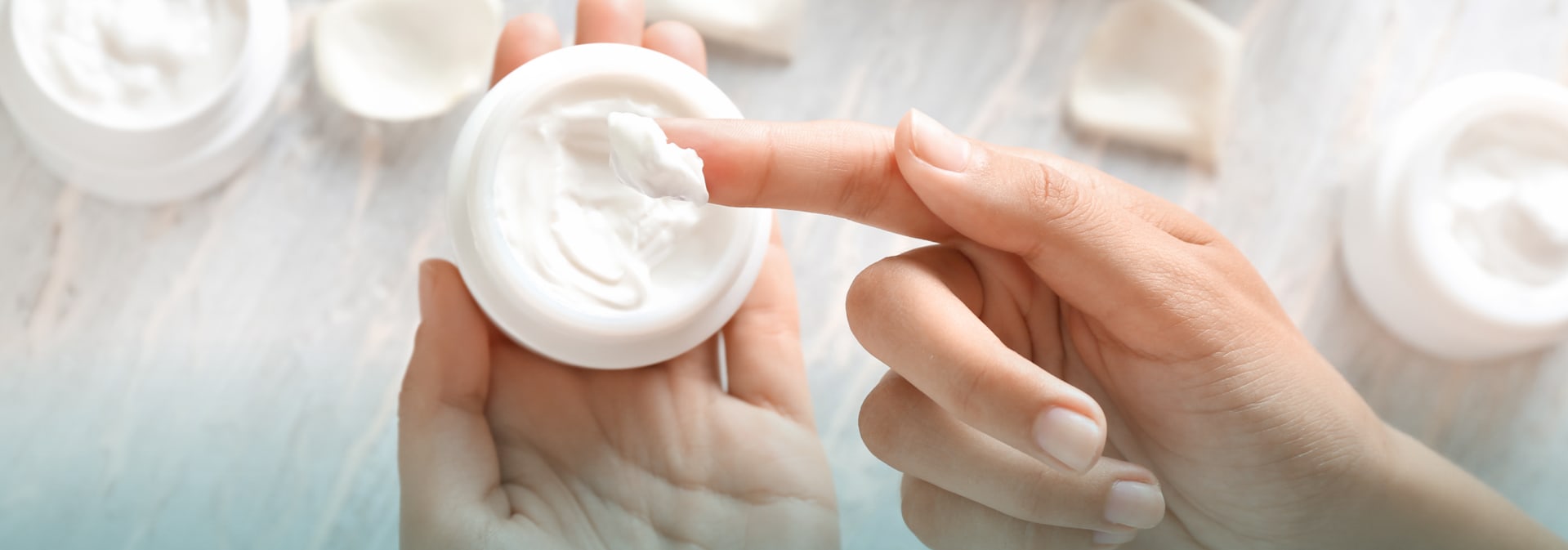Headaches can throw your whole day off balance. Now, imagine a throbbing pain that’s even more intense, that can last for hours, and shows no improvement with over-the-counter medications, rest, and water.
That’s just a glimpse of what chronic migraines can feel like.
While most famously known for smoothing fine lines and wrinkles for a more youthful appearance, Botox’s medical applications are extensive and include relieving chronic migraines.
When injected into specific areas, Botox temporarily blocks the release of chemicals involved in pain transmission. This helps reduce the frequency and intensity of migraines.
At Elevate Eyes & Medical Esthetics, we blend precision with personal care to help you find the relief you’re looking for.
The Science Behind Botox
Although we no longer view Botox as a well-kept Hollywood secret, a mysterious aura still surrounds it. It may surprise you to know that many people explore Botox treatments to help manage chronic health concerns.
Botox, short for botulinum toxin, is a purified protein derived from the bacterium Clostridium botulinum. With controlled doses, Botox is a safe and effective neuromodulator that temporarily blocks the release of neurotransmitters (chemical messengers), preventing muscles from contracting and letting them relax.
In the cosmetic world, Botox smoothes the appearance of wrinkles that stem from repetitive facial movements, such as frowning or squinting. These muscle-relaxing properties are precisely what make Botox so effective for managing certain health concerns, such as chronic migraines or excessive sweating.
Botox for Migraine Relief
“Headache” and “migraine” are terms people use interchangeably, but they are distinct conditions with differing causes, symptoms, and severity.
A headache usually causes mild-to-moderate pain or pressure in the head. This can be triggered by stress, dehydration, or tension, among other factors. A headache is generally short-lived and manageable with rest, water, and over-the-counter medication.
Migraines, on the other hand, are a complex neurological condition that extends beyond head pain. They often involve intense, throbbing pain, usually on one side of the head, and unlike headaches, migraines can persist for hours or even days, significantly affecting one’s quality of life.
Thankfully, Botox can often provide effective relief.
The Role of Botox
Botox can help with managing migraines, not simple headaches. By definition, people who suffer 15 or more headache days per month, that last four hours or more, have chronic migraines.
Botox doesn’t prevent migraines from happening; rather, this treatment targets nerve signals that contribute to pain, leading to fewer and less intense migraines.
Botox is injected into specific areas like the forehead, temples, neck, and shoulders, targeting common tension zones that can trigger migraines. It then blocks the release of painful neurotransmitters at the nerve endings, freezing the chain reaction that leads to migraines. This process reduces the intensity and frequency of migraines.
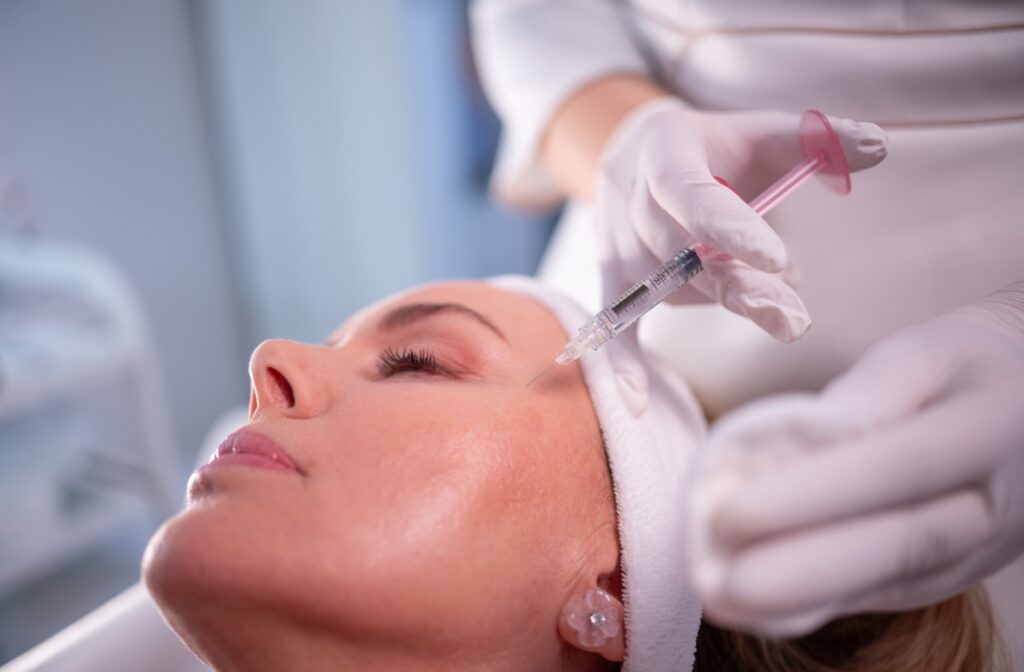
What to Expect from Your Botox Treatment for Migraines
While Botox is an effective management technique, it cannot prevent migraines entirely. You can, however, experience a noticeable difference in your overall quality of life and comfort as you experience fewer migraines.
Although the process is simple, quick, and relatively gentle (you may feel a pinch at most), Botox is still a minimally invasive treatment.
Here’s what you can expect:
Consultation
The journey begins with an initial consultation. This helps our team understand your symptoms and medical history, which helps us determine whether Botox is right for you.
Botox is a versatile treatment, but (in this context) it’s ideal for people who suffer from chronic migraines, not headaches.
Here are a few factors we consider:
- Allergies: Some people are allergic to botulinum toxin or its components.
- Pregnancy or Breastfeeding: Botox may not be recommended during certain stages of life.
- Multiple Conditions: If other medical conditions impact your nervous or muscular systems, please disclose these during your consultation.
Despite Botox’s popularity, it still requires injection into the body. These precautions are here to keep you safe.
Strategic Injection Points
A total of 31 injections, each containing 5 units of Botox, are administered across key muscle groups in the forehead, temples, back of the head, neck, and shoulders.
Once your practitioner outlines this plan, they carefully inject Botox into these areas. The overall process is quick, taking only 10-15 minutes.
Though Botox is very safe and well-tolerated, some people may experience mild side effects, including:
- Temporary redness or swelling at the injection site
- Mild headache following the procedure
- Rare instances of neck pain or stiffness
Gradual Relief
Botox is effective, but the relief it brings is gradual, not instant.
Many patients feel relief after the first couple of treatments, with noticeable improvement developing after 10-14 days. With time, Botox wears off (it does not dissolve), which is why follow-up treatments every 12 weeks help maintain results.
A Trusted Path to Migraine Relief
Migraines can be debilitating, and the pain they bring can throw your entire day off balance.
Whether you’re looking to reduce the frequency of your migraines or simply reclaim your day-to-day comfort, Botox might just be the treatment you’ve been waiting for. With consistency and time, Botox treatments can lead to fewer migraines.
Connect with Elevate Eyes & Medical Esthetics to book a consultation. The road to migraine relief is within reach!





